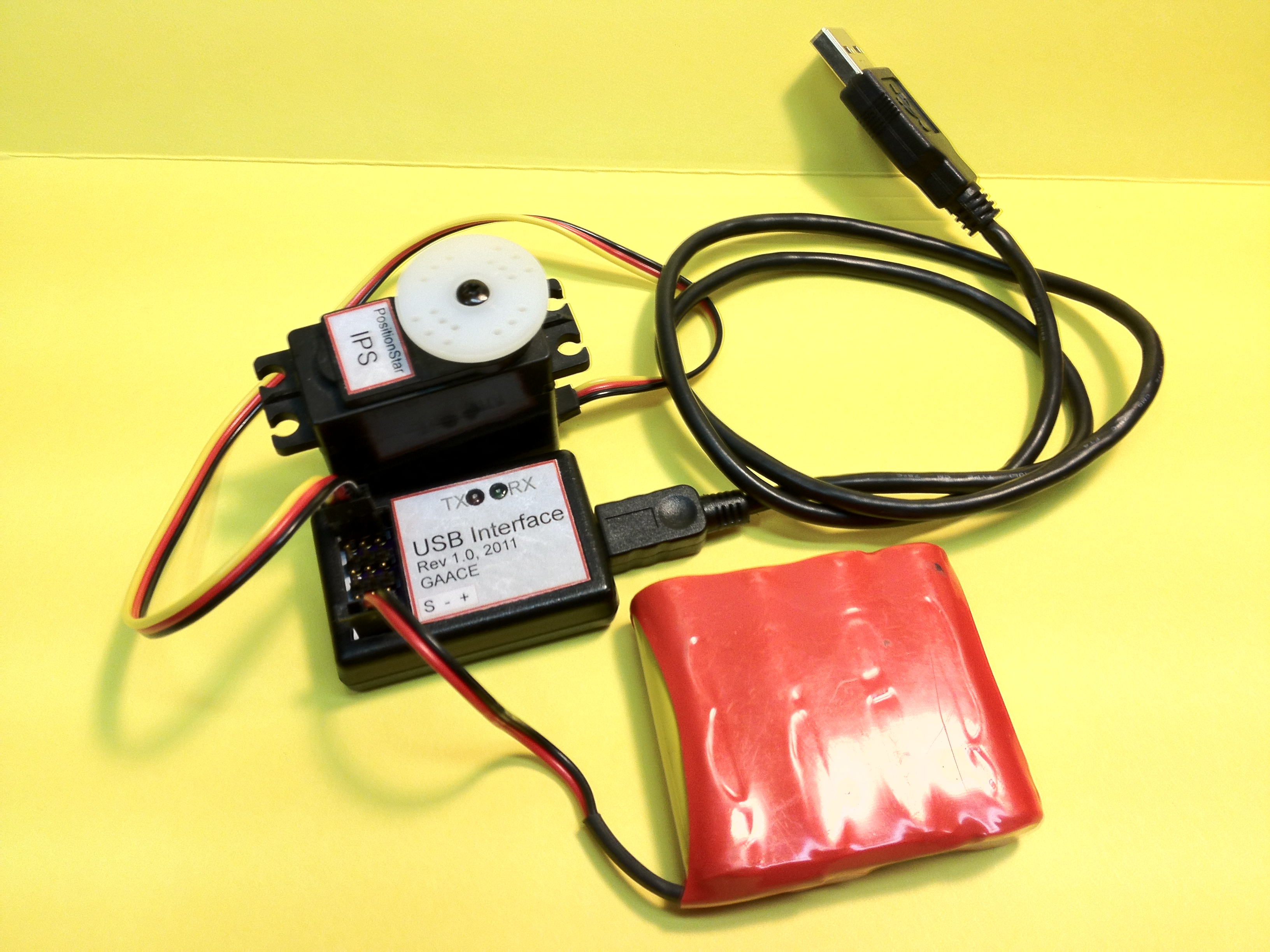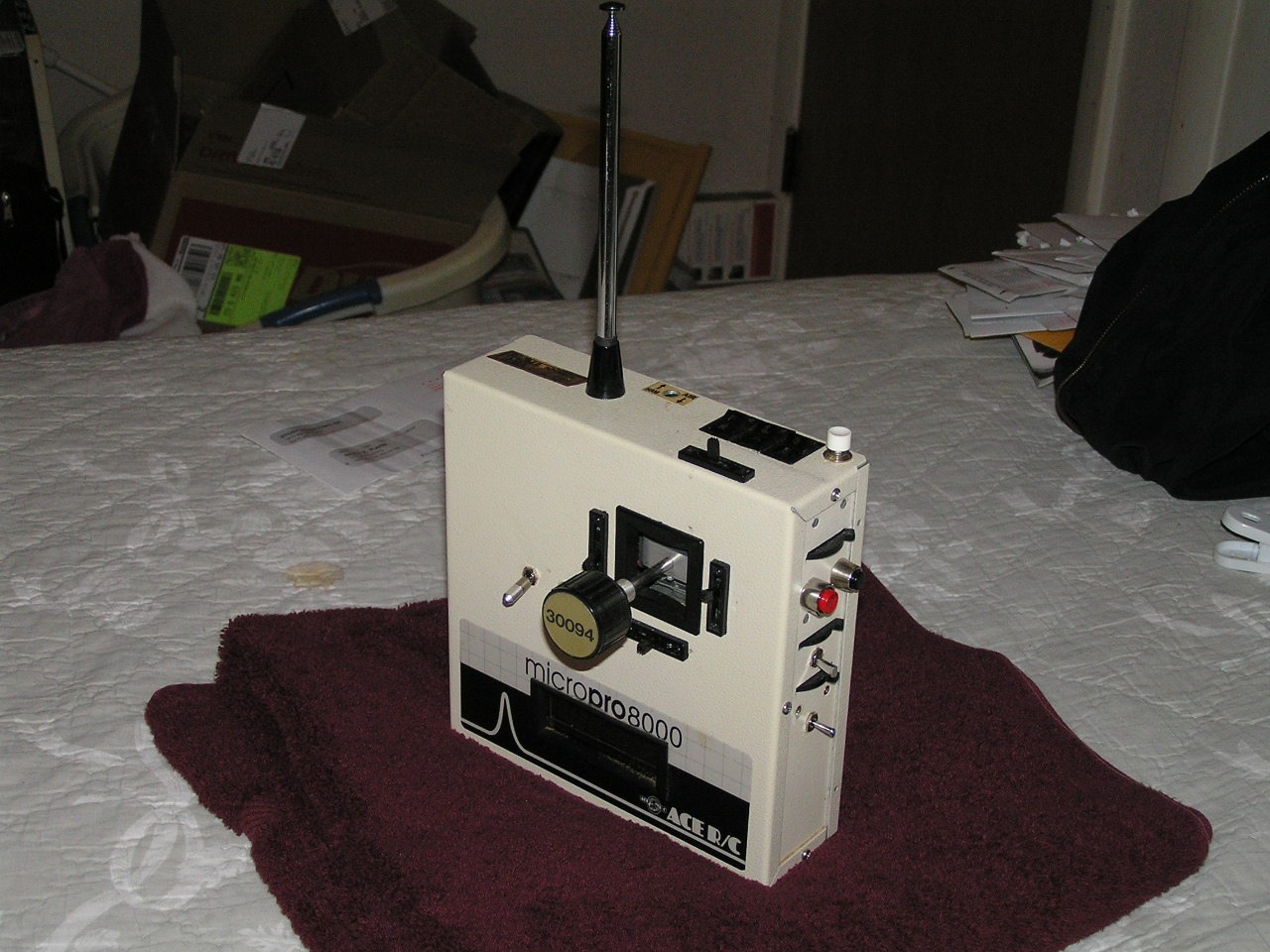PositionStar
- Details
- Category: PositionStar
- Published on Thursday, 26 September 2013 12:18
- Written by Gordon Anderson
- Hits: 36570
Introduction:
Thank you for your interest in the Intelligent Position Servo Amplifier (IPS-AMP). We hope you'll find that it simplifies your positioning needs through its versatile command set, easy to use interface, and its standard form factor.

The IPS-AMP can be used in virtually any RC servo system that uses a permanent magnet motor (approximately 5 volt) and a potentiometer (approximately 5K ohms) to provide output shaft position feedback. To build an IPS servo you will need to remove the old control electronics and replace them with the IPS-AMP. Throughout the manual IPS-AMP refers to the servo electronics and IPS refers to a servo that is using the IPS-AMP.
Depending upon your application, the IPS-AMP can be used with its default settings. However, due to the large number of advanced features, learning to use all its capabilities will take some time. There are many powerful commands and functions available to the experienced user.
The IPS-AMP can be controlled using the standard 1 to 2 millisecond R/C-pulse system (1.5 millisecond center). If you are using it in place of a standard R/C servo, it is literally a plug-and-play device. One exception is that unlike a normal R/C servo that loses its position when the pulse stream ceases, a single pulse may be sent to the IPS-AMP and it will maintain that position until power is removed.
The serial command interface is used for computer-controlled positioning applications. This is the more versatile user interface in that all aspects of the IPS-AMP are available in this mode. Besides the movement parameters, there are Calibration, Communication, Memory and Table functions that are accessible. There are also several Status commands to report various IPS-AMP conditions.
If you want to use the serial command interface, again you may find the IPS-AMP usable as it comes programmed from the factory. However, there are many commands available which modify its performance parameters. They will all be discussed in this manual.
Description:
The IPS is based on a standard, commercially available R/C servo, normally used in model cars and aircraft. The electronics have been replaced with state-of-the-art, microprocessor-controlled circuitry greatly expanding the capabilities of the device.
Here is a list of features it shares with standard servos:
- Standard 1 – 2 millisecond pulse input
- Compatible with all modern RC receivers
- Hitec/JR 3-wire connector: V+, Ground and Signal
- 4.8V to 6.0V Operating Voltage
Here is a list of enhanced features:
- Bi-directional serial interface at several selectable baud rates
- Multiple devices can share the same serial communication line
- Holds position even if input signal terminates (unless programmed otherwise)
- User-programmable "Failsafe" feature – will assume defined position and power if input ceases
- Actual position and motor current (load) sensing and reporting
- Programmable over-current protection
- Physical rotation limits can be tailored to each application
- Save and retrieve operating parameters from non-volatile memory
- Can execute any of several user-programmed tables of sequenced moves with a single command
- Access to all internal control-loop parameters
As mentioned above, depending upon your application, your IPS‑AMP may be usable just as it comes from the factory. You will have to determine its applicability for you. If you are replacing a standard R/C servo it should be ready to go. However, we hope you selected the IPS‑AMP to take advantage of its advanced feature set.
Even if you want to use the standard R/C-pulse interface, you may want to tune some of the operating parameters using the serial interface. While it is not required, we recommend you use the Visual Basic application written specifically for this purpose. This PC-based software is available from GAA Custom Electronics as well as a USB interface module that will perform the voltage conversion between the your PC and the IPS‑AMP. The manual contains the technical information that will allow you to develop yours own system to send and receive serial signals to and from the IPS‑AMP.
More information:




